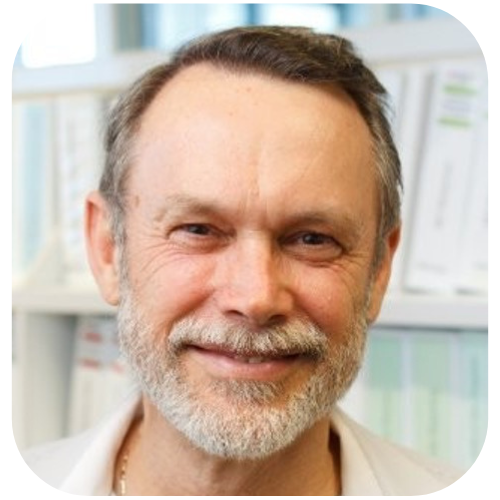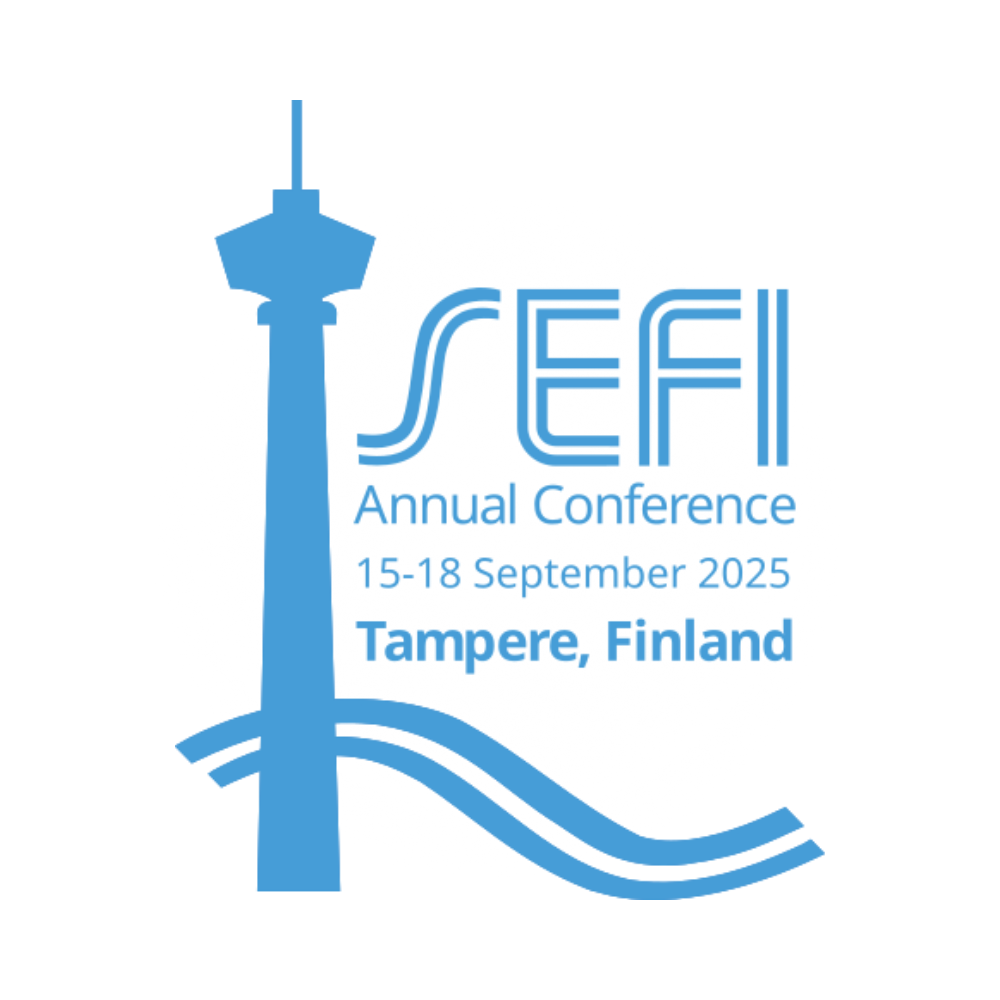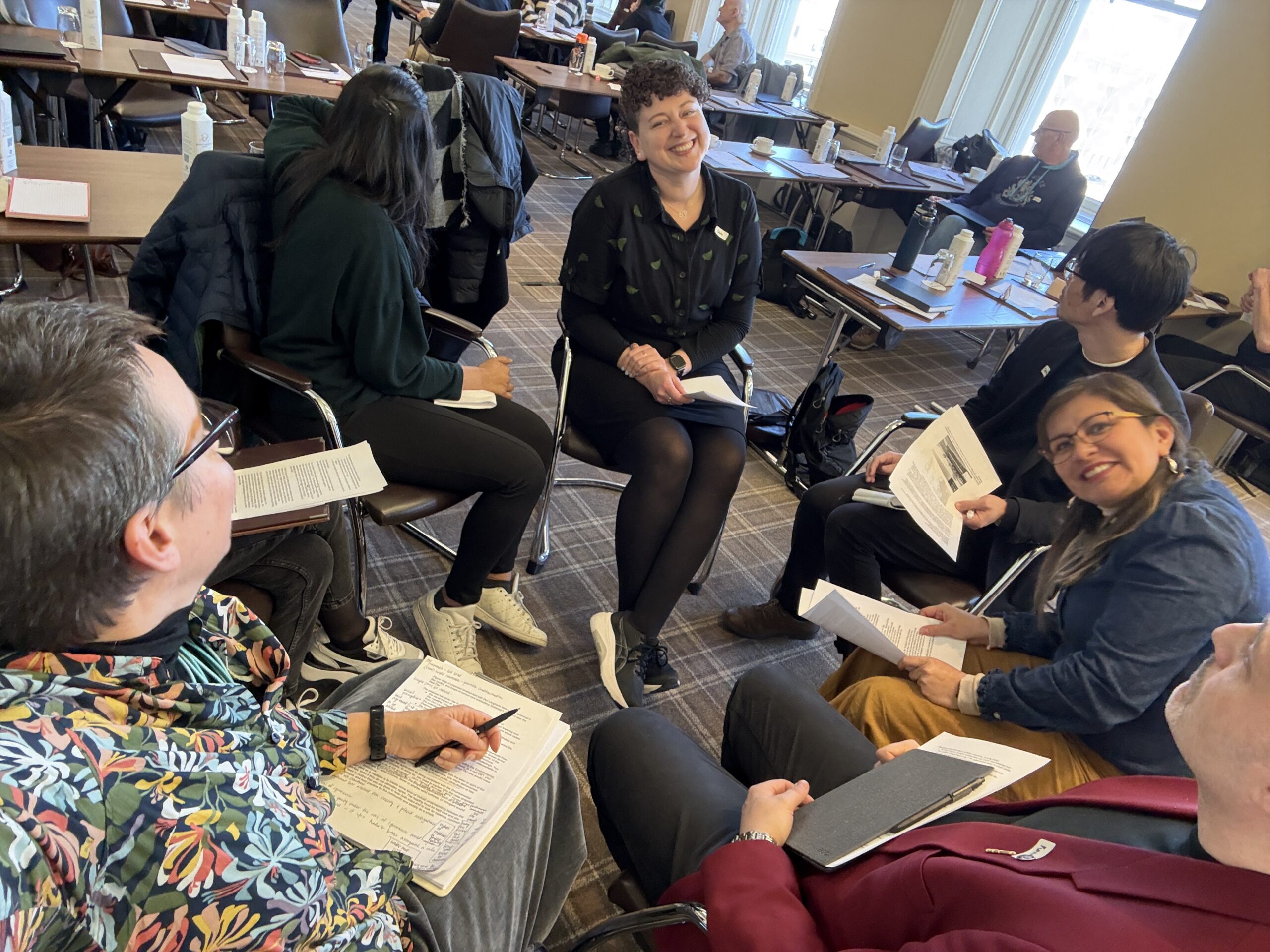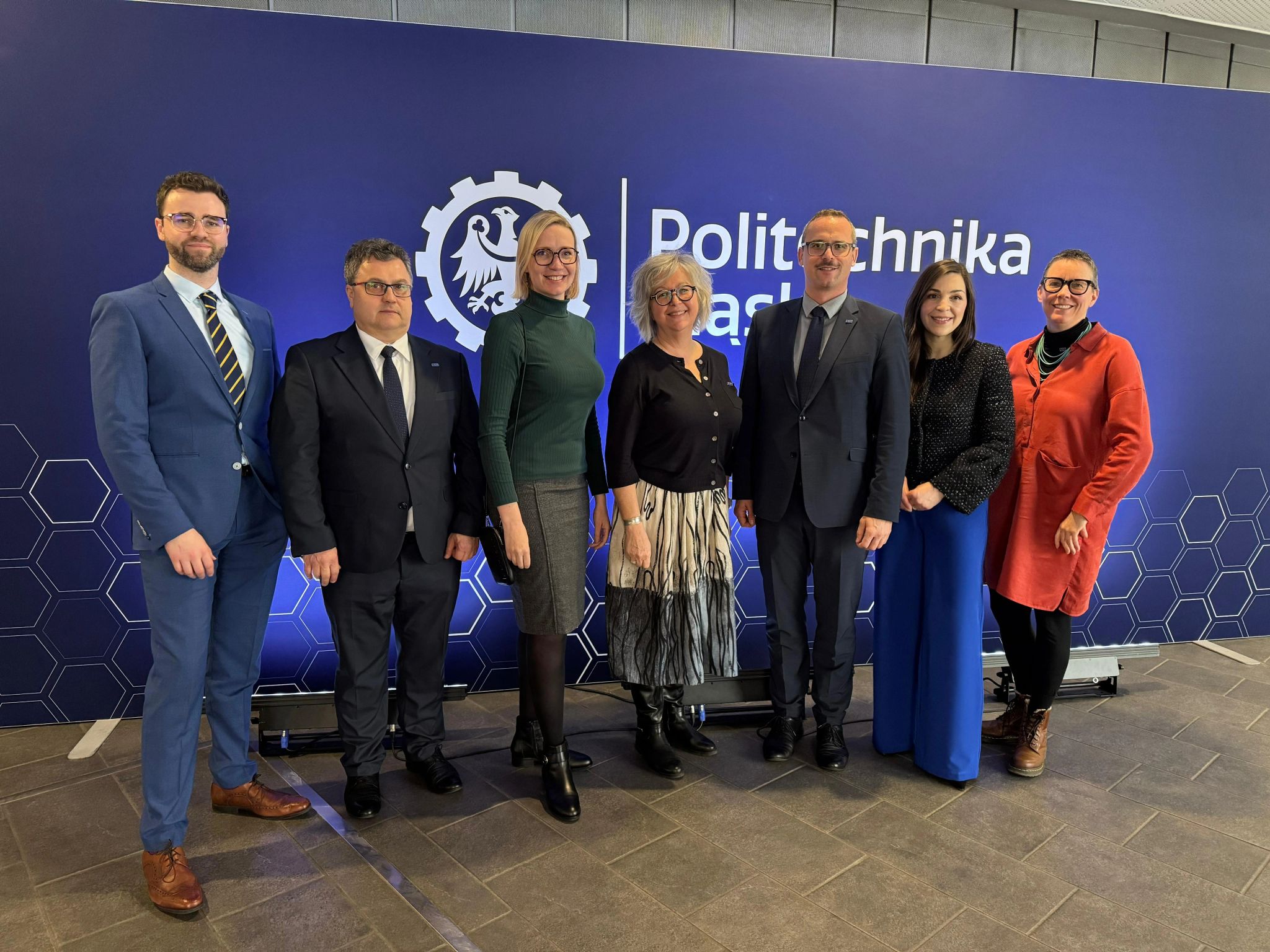We are excited to announce that registrations for the 53rd SEFI Annual Conference are now…
Roger Hadgraft from University of Technology Sydney Australia on Disruption with Natalie Wint and Neil Cooke

Professor Roger Hadgraft from the University of Technology Sydney in Australia published his first paper on Problem-Based Learning (PBL) in 1990, and co-authored the 2024 open access book Reshaping Engineering Education, which advocates a substantial redesign of the learning paradigm in engineering. In this episode Roger shares with us the concept of studio-based learning – one of PBLs latest incarnations, a framework to encourage successful disruptive innovations, and some astute predictions about what the future of engineering education holds….
Download your copy of Reshaping Engineering Education here: https://link.springer.com/book/10.1007/978-981-99-5873-3
Over the last few decades there has been a growing focus on the use of active based, student-centred learning approaches and we increasingly hear terms such as project-based learning, problem-based learning, and studio-based learning within the engineering education community. The prevalence of such terminology can lead to uncertainty in exactly what is meant and the way in which we differentiate between approaches.
In this episode we speak to Professor Roger Hadgraft, Director of Educational Innovation and Research in the Faculty of Engineering and Information Technology at the University of Technology, Sydney (UTS). Roger draws upon more than 30 years of experience in improving engineering educating, having been instrumental in introducing a project-based curriculum within civil engineering at Monash University and in several disciplines at Royal Melbourne Institute of Technology. He has shared his experience across the world whilst acting as a consultant on PBL and has conducted and published research in the area of problem and project based learning, as well as the use of online technology to support student centred learning to meet the needs of engineering employers.
The rest of the article summarises some of the key discussion points:
Learning from other disciplines
Roger explains how he was first introduced to problem-based learning when speaking to a colleague from the medical faculty about how engaged students were when surveying during his time at Monash University. This conversation led to a collaboration and the publication of a paper describing what the approaches commonly used within medicine would look like within engineering.
Engineering education in Australia
Roger describes the relative consistency in engineering education across all ~35 universities teaching engineering in Australia, with courses being 4 years long. He explains that there are a mixture of universities including a small set of old institutions (the Group of Eight) and technology universities such as UTS. Universities vary in size (student cohorts between ~100 and >1000). He describes a close, positive relationship between institutions and Engineers Australia, who he describes as wanting more innovation.
He explains that students at UTS have two 6-month work placements.
Problem based vs project based approaches
Roger describes how medical disciplines make use of problems as a way of getting into a body of knowledge, but how engineering students can become uncomfortable following an inductive approach whereby they are given a problem before being taught the relevant knowledge. On the contrary, some students get bored and want to understand the relevance of the knowledge they are being taught. Roger describes project-based learning as a halfway house which involves some forward loading and the application of knowledge to a simple problem. He provides an early example from his surveying course whereby students were asked to do a series of exercises, week by week, in a way that each contributed to the final project at the end. He distinguishes the difference between project and problem-based learning by saying that problem based learning is a one-step process whereby you need to understand the problem, with project based learning being a two-step process, the second step involving designing a solution.
Studio based learning.
Roger explains that studios had been running for a couple of years prior to him joining UTS in 2016 and that starting a new data (science) engineering course provided an opportunity to implement studios systematically across a complete programme. Within the programme there were 3 pairs of studios, spread across 4 years with the first few more focused on understanding problems, with later studios being more technically orientated and integrated. He explains that each studio can involve multiple problems, with them being shared amongst teams. The team is collectively responsible for delivering a solution and not everyone with in a team will therefore do the same thing. Each individual thus has some personal responsibility and keep a journal/diary and a personal learning plan defining the things they’re learning and recording evidence of success in learning those things. Each team presents a different times every week weeks, both to academics and industry partners.
Doblin’s 10 types of innovation
Roger outlines Doblin’s model which he says can be used when attempting to change or disrupt engineering education. He explains that there are three categories: experience which includes service, channel, brand, and customer engagement; configuration which includes profit model, network, structure and process; and offerings which includes product performance and product systems.
Roger provides examples of each.
- Change of channel could be altering curriculum, greater reliance on self-directed learning, or support of educational technology.
- Product performance may be changes to produce graduates with improved workplace capabilities.
- To achieve changes, it is also necessary to change our teaching processes (configuration).
- A shift may create new brand opportunities, through marketing a new kind of engineering education, attracting those students who are looking for it
- We might also consider new ways of engaging with customers through outreach to schools, to engage high school students in the new educational model. Similarly, we might engage industry through guest lectures, industry-sponsored projects, internships etc.
- Students could be provided with better service to support their learning. This could include training and handbooks.
- Networking offers members access to syllabus, guidelines and examples of good practice, such as projects, from around the world. Annual conferences support knowledge transfer between individuals and institutions.
- The profit model must also be considered. Some interventions are more costly in terms of resources or require a reduction in student numbers.
- The product system considers whether the innovation can become part of a larger ecosystem of products.
- The structure of the organization can adapt to bring teaching and research together in a seamless way.
Takeaway
Roger highlights the need for interdisciplinary engineering and recommends that we read Reshaping Engineering Education, specifically the last chapter “Invitation to Change” which includes recommendations and next steps.
Key resources
This paper shows how a PBL approach can be applied in the development of a new civil engineering course.
https://www.tandfonline.com/doi/abs/10.1080/03043799308923248
This paper describes the use of summer studios.
https://opus.lib.uts.edu.au/handle/10453/137664
This paper describes the use of assessment in studio-based learning.
https://opus.lib.uts.edu.au/handle/10453/132516
This paper describes the studios introduced into Data and Electronic Engineering programs, including purpose the structure of activities, the rationale and the successes, and lessons learned.
https://opus.lib.uts.edu.au/handle/10453/141604
This paper describes the use of studios in mechanical and mechatronics programs.
https://opus.lib.uts.edu.au/handle/10453/138648
This book chapter draws upon the Doblin 10 types of innovation model as a framework to unpack the different kinds of innovation inherent in emerging forms of disruption in engineering education.
This chapter describes how studios are used at UTS to help students develop ability to design and problem solve in complex, sociotechnical situations, and acquire the technical knowledge to support the design process, and the interpersonal skills to support engineering team processes.
https://link.springer.com/chapter/10.1007/978-981-99-5873-3_11
This book chapter presents history and contemporary principles, and the educational practices involved in the development of problem and project-based learning at Aalborg University.
https://link.springer.com/chapter/10.1007/978-981-99-5873-3_10
This book integrates essential concepts of complex human challenges with engineering design, describes methodologies to embed in future engineering curricula and showcases case studies from three universities.


